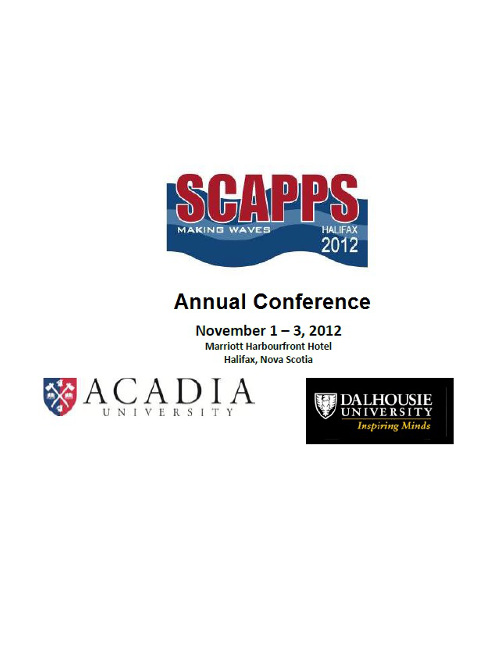Abstract
Based on Higgins' (1987) self-discrepancy theory, there are three self-states (actual, ideal, ought) and mismatches in one's view of the self-states result in distinct emotional outcomes and motivational consequences. This study tested the link between physical self-discrepancies and emotion, physical self-worth (PSW), and physical activity (PA). Older adolescents (N=415, Mage=19 yrs, 37% male) completed measures of physical self-discrepancies, social physique anxiety (SPA), PSW, agitation and dejection emotions, and PA. Polynomial regression with response surface analyses was conducted, controlling for sex, age, and weight. The direction of the discrepancy was significant (p<.001) in all models such that lower PSW, higher SPA, and less PA were reported when actual < ideal or ought self-states. The nonlinear association and degree of discrepancy were significant (p<.01) in predicting PSW, and agreement (linear association) was significant (p<.05) for PA. Inconsistent with theoretical tenets, physical self-discrepancies were not linked to specific dejection and agitation emotions (R2=.02-.04, p>.05), and discrepancies with ought or ideal self-states showed similar relationships (R2 PSW =.45 & .47, R2 SPA =.24 & .29, R2 PA =.24 & .25, respectively). These analytical strategies help advance theoretical perspectives. Additional hypotheses within self-discrepancy theory should be tested in the context of the physical self.Acknowledgments: FQRSC; SSHRC

